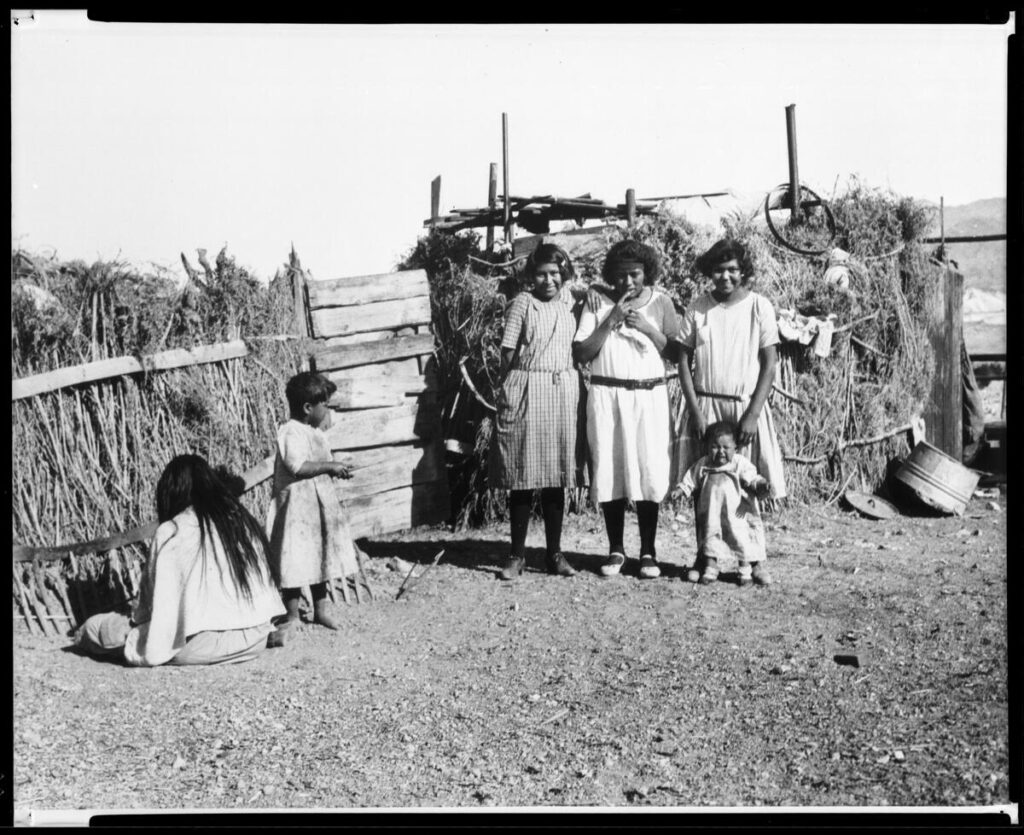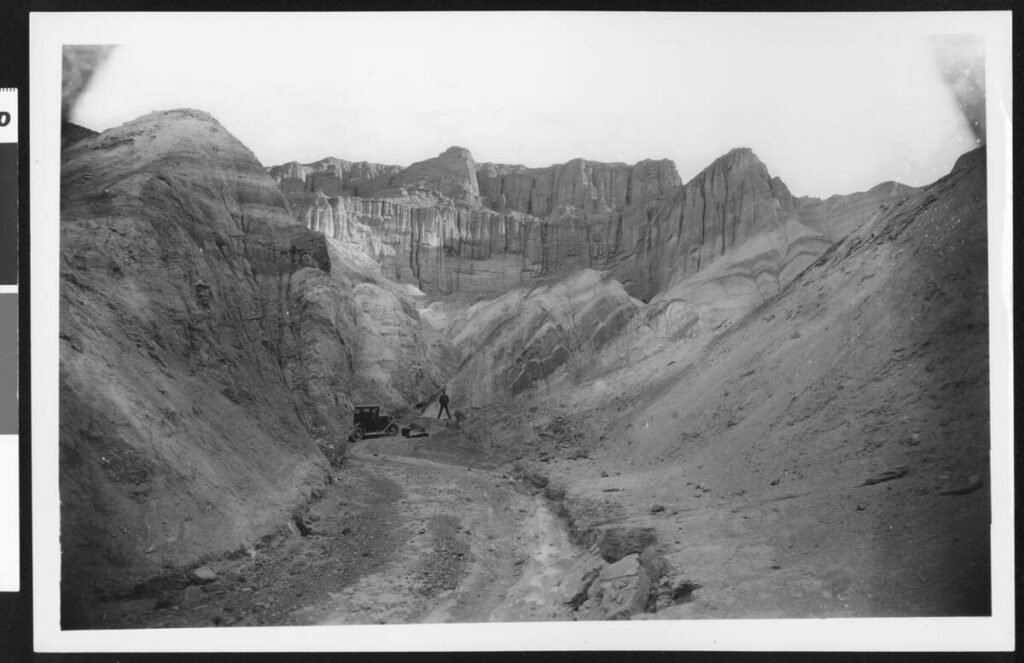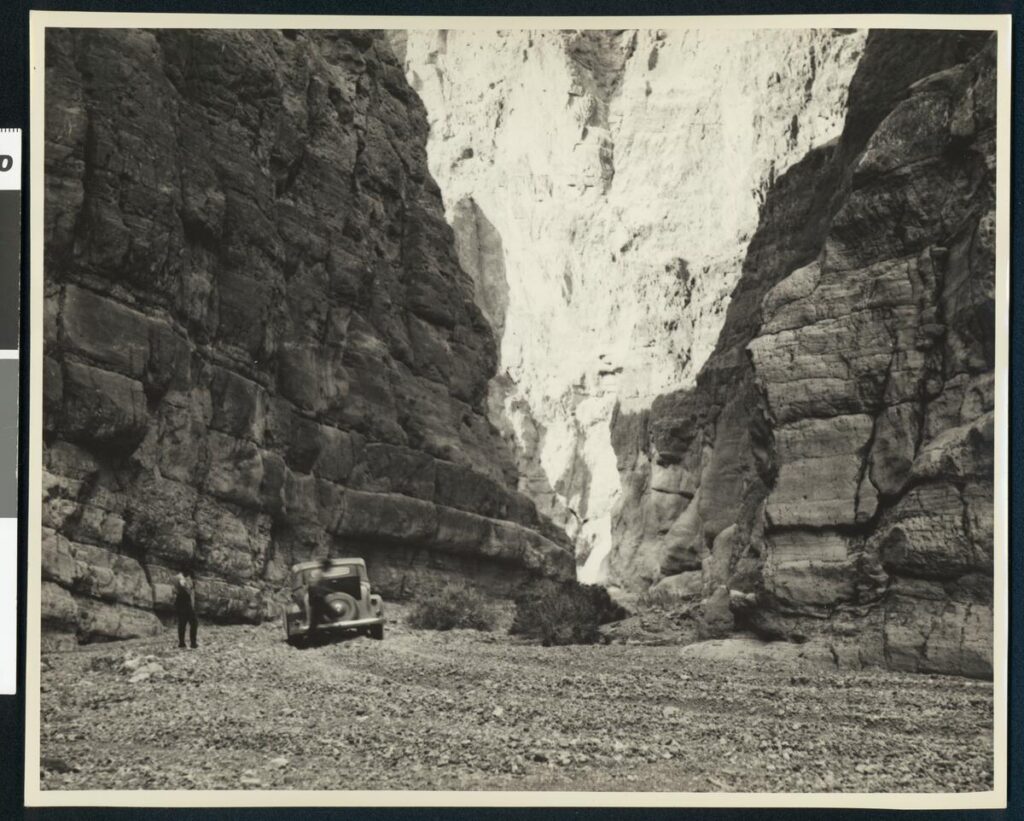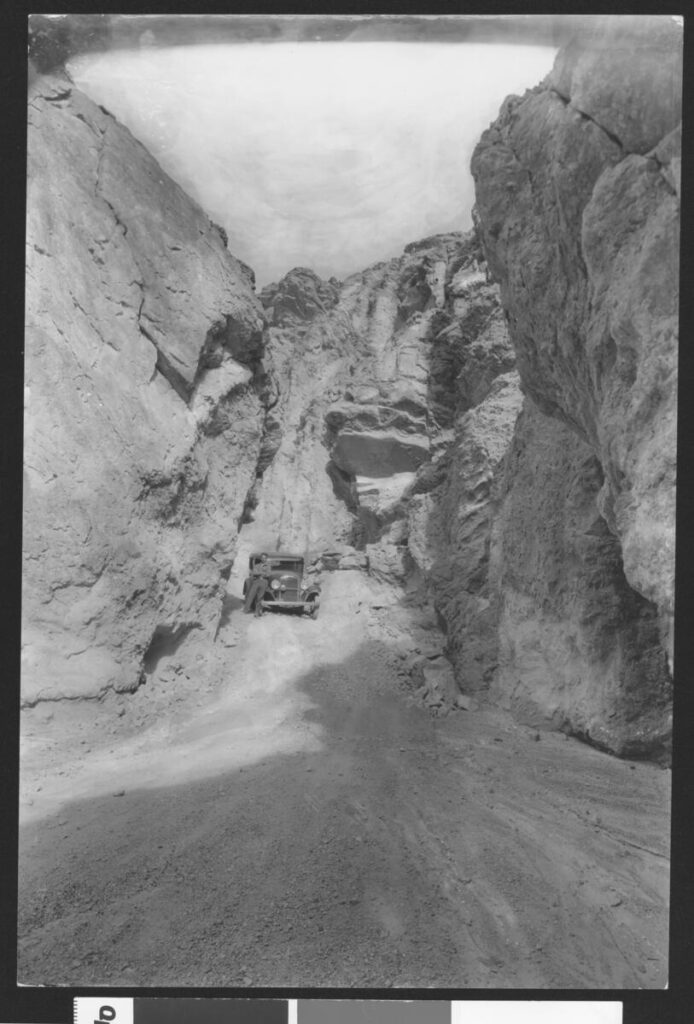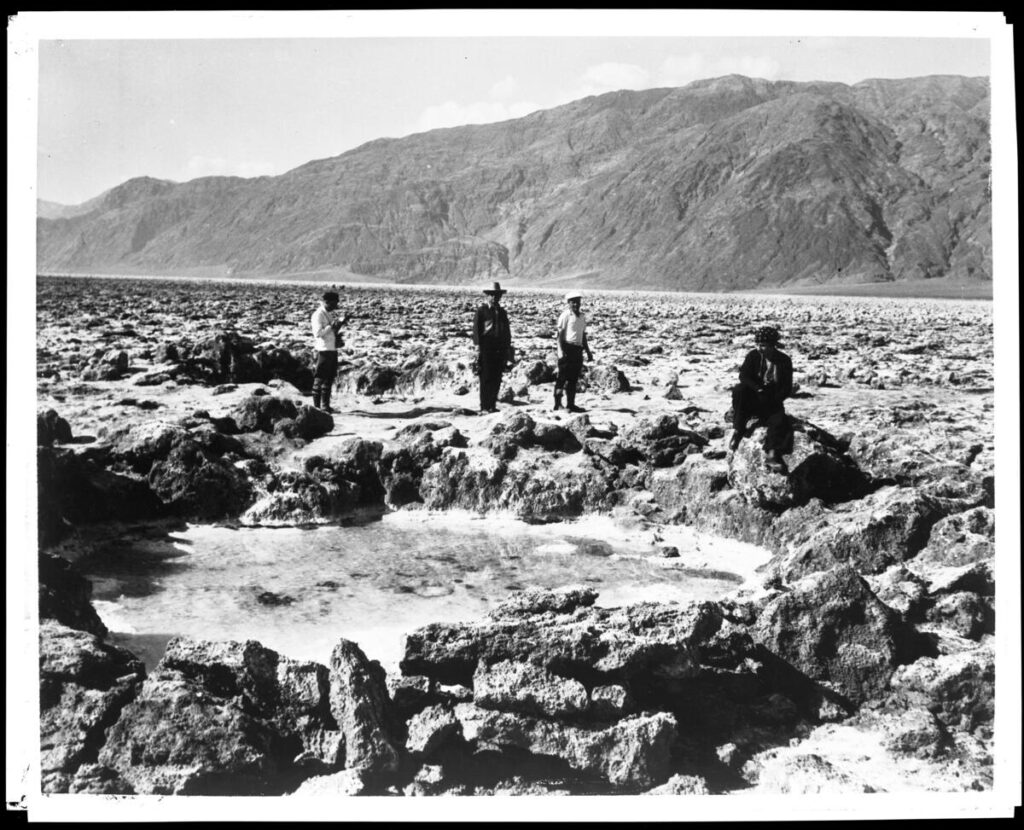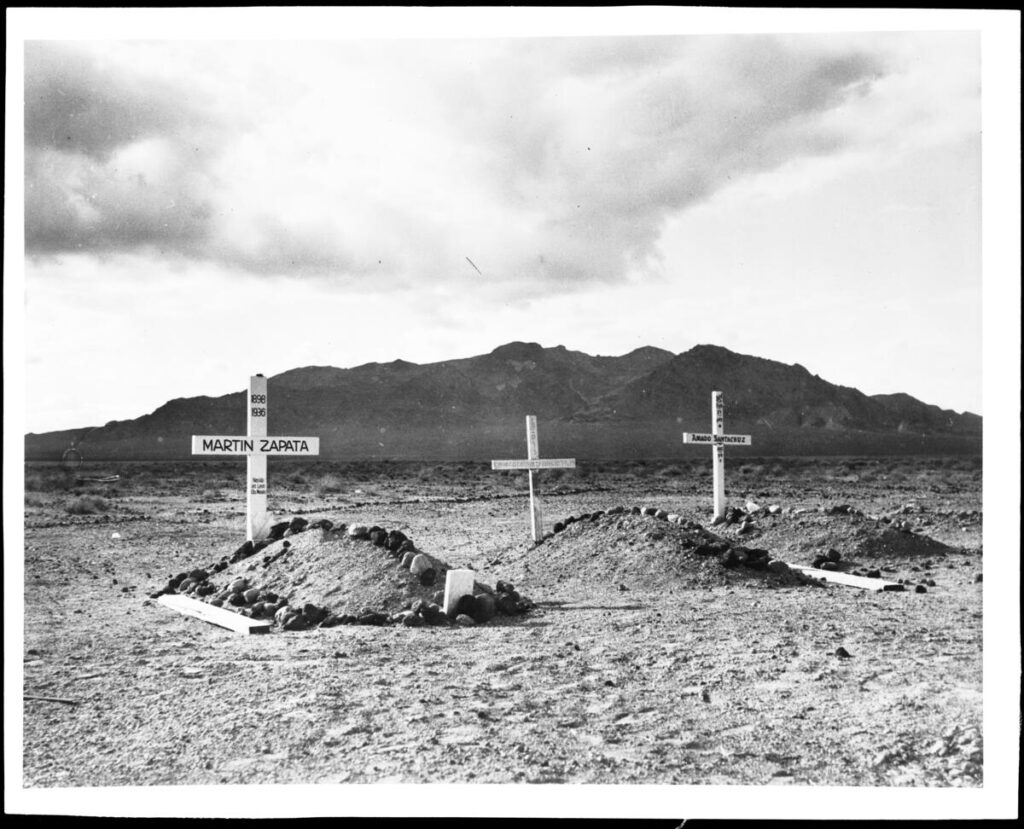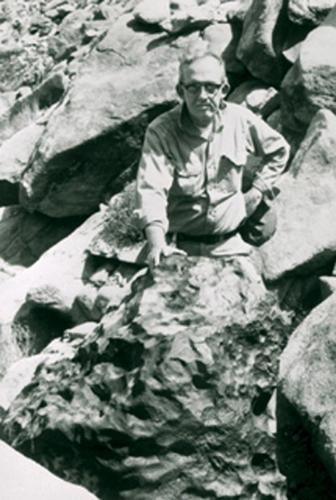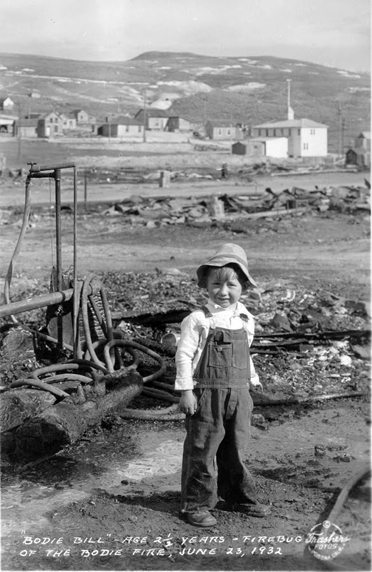https://mojavedesert.net/glossary/borax.html
Introduction:
Borax, also known as sodium borate or sodium tetraborate, is a versatile compound with various applications across different industries. This overview outlines borax, its chemical composition, properties, and uses in various fields.
Chemical Composition:
Borax is an inorganic compound comprising sodium, boron, oxygen, and water molecules. Its chemical formula is Na2B4O7·10H2O, indicating that each unit of borax contains two sodium atoms (Na), four boron atoms (B), seven oxygen atoms (O), and ten water molecules (H2O).
Physical Properties:
Borax appears as a white, crystalline powder or granules, which are odorless and tasteless. It is soluble in water, and its solubility increases with temperature. Borax has a melting point of approximately 743°C (1369°F) and a boiling point of around 1575°C (2877°F).
Uses:
1. Cleaning and Laundry:
Borax is widely used as a cleaning agent due to its alkaline nature and ability to dissolve grease and dirt. It can be found in many household cleaning products, such as laundry detergents, dish soap, and multipurpose cleaners. Additionally, borax is an effective stain remover and can tackle stubborn stains on clothes and carpets.
2. Pest Control:
Borax is commonly used as an insecticide and a natural pest control agent. Due to its abrasive properties, it can be used to eliminate pests like ants, cockroaches, and silverfish. By disrupting their exoskeletons, borax causes dehydration and eventually leads to their demise.
3. Flame Retardant:
In the textile industry, borax is used as a flame retardant. It can be added to fabrics and materials to reduce flammability, making them safer in fire accidents. Borax releases water molecules when exposed to high temperatures, slowing flame spread.
4. Metallurgy:
Borax has applications in metallurgy, particularly soldering and welding. It acts as a flux, facilitating the removal of oxide layers from metal surfaces, ensuring better soldering or welding material adhesion. Borax also prevents oxidation during soldering or welding.
5. Ceramic and Glass Production:
Borax is an essential ingredient in the production of ceramics and glass. It acts as a flux, reducing the melting point of materials and aiding in the fusion of different components. Borax also improves the durability and strength of ceramics and glass products.
Conclusion:
In conclusion, borax is a versatile compound with numerous applications in various industries. Its chemical composition, physical properties, and unique characteristics make it a valuable ingredient in cleaning products, pest control, flame retardants, metallurgy, and ceramic and glass production. Understanding the uses and properties of borax can provide insights into its importance and contribute to its effective and safe application in different fields.
